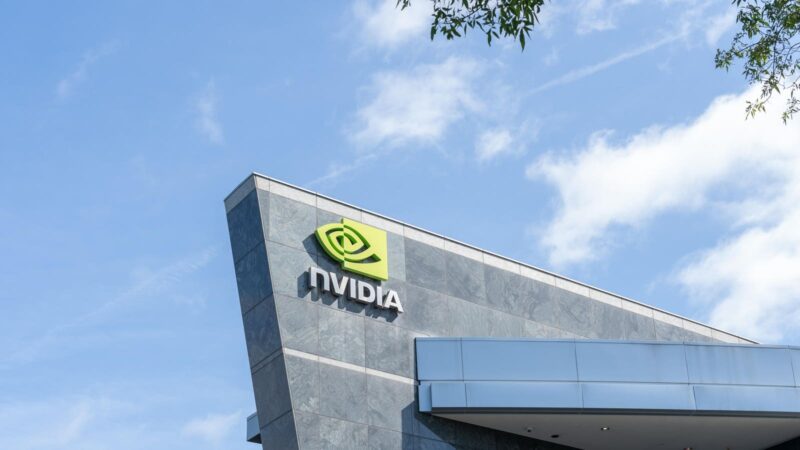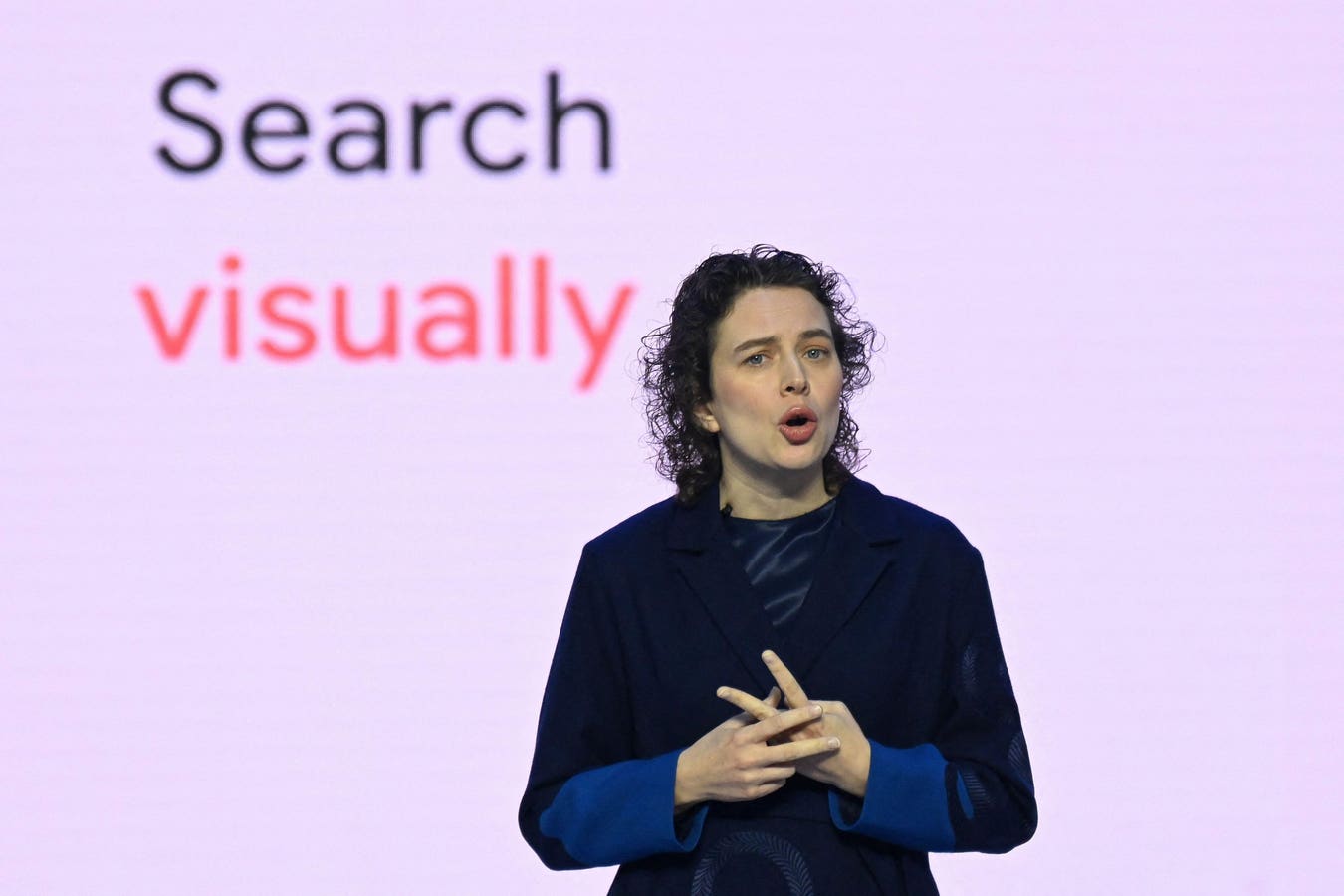Nvidia headquarters in Santa Clara, California. Nvidia Corporation is an American multinational technology company.
getty
In business and in life, strategy determines destiny.
Knowing when to compete and when to collaborate, when to take bold risks and when to hold back, are the skills that separate those who shape the future from those who struggle to adapt. Few companies embody strategic excellence better than chip maker Nvidia, now the world’s third-largest company by market capitalization.
Founded in 1993 with a vision of bringing 3D graphics to gaming, Nvidia today supplies the graphics processing units (GPUs) that drive nearly every major advance in artificial intelligence, from self-driving cars to ChatGPT. Under CEO Jensen Huang, a series of bold moves transformed Nvidia from a niche graphics firm into an economic powerhouse valued at $4 trillion, one positioned to dominate the AI era.
American physicians, by contrast, have lacked a unifying strategic vision. Over the past two decades, they’ve responded to external pressures with short-term fixes rather than long-term solutions. Instead of forming alliances to amplify their collective power, doctors have ceded control to hospitals, insurers and private equity firms, trading their long-held independence for temporary financial relief.
However, this is not a post-mortem of U.S. medicine. It’s a call to action. Physicians hoping to regain control of their medical practices now have the opportunity to embrace a strategic mindset and translate a clear vision into practice.
Here are three lessons doctors can learn from Nvidia’s strategic success.
Lesson 1: Action Without Strategic Thinking Is Aimless
In the late 1990s and early 2000s, Nvidia stood at a crossroads. As a small player in the chip industry, Nvidia couldn’t match giants like Intel, the world leader in central processing units (CPUs) for computers.
Rather than compete head-on and lose, CEO Jensen Huang made a series of strategic tradeoffs First, the company focused on a narrower slice of the market: GPUs for gaming. Second, it outsourced manufacturing instead of spending billions to build factories like Intel’s. Those decisions allowed Nvidia to survive. Then, when the AI revolution arrived and GPUs became indispensable, the company was perfectly positioned to dominate.
Around the same time, doctors began to encounter economic and competitive challenges of their own.
As chronic diseases surged, the cost of medical care rose, and financial pressures mounted on healthcare payers and providers. For-profit insurers consolidated, gained leverage and imposed new billing rules, prior authorization hurdles and lower reimbursements, even as physician practice expenses climbed.
Confronted with mounting pressure, thousands of physicians sought short-term relief. Some joined hospitals while others took jobs with insurers or sold their practices to private equity firms. Today, just 42% of U.S. doctors work in practices wholly owned by physicians, down from 60% a decade ago. All hoped these large institutions would offer stability. Most have been disappointed.
What doctors didn’t anticipate were the personal costs. Through these transactional deals, they forfeited autonomy and accepted subservience to administrators and investors, trading long-term influence for temporary income. Although physician pay rose modestly, hospital revenues grew more than 70% over the same period.
The mistake of doctors wasn’t in seeking partnership, but in doing so from a position of weakness. A strategic mindset would have focused first on leverage: ensuring physicians retained influence over clinical decisions before signing on with hospitals or insurers.
And rather than negotiating as individuals, doctors would have united around their shared expertise: the ability to improve medical outcomes, streamline operations and lower costs by keeping patients healthier. They could have negotiated different payment models, ones in which physician-led collaboration would raise quality and reduce expenses, strengthening the bottom line for hospitals, insurers and clinicians alike.
But simply forming a group of 100 doctors wouldn’t have been sufficient. Members would have had to follow physician leadership, agree on best practices, collaborate to improve results and take accountability for performance. Few were willing to fulfill those commitments or assume that level of risk.
Now, however, doctors have a second chance. With employer premiums projected to rise 9% next year and exchange plans up 15%, a window has reopened for physicians to regain lost ground. Independent surveys find that employers can’t absorb these cost increases, and employees can’t afford higher deductibles either. This is the moment for physicians to think strategically, form alliances, assume shared responsibility for cost and quality, and negotiate from strength rather than desperation. The window is open, but not for long.
Lesson 2: Strategic Thinking Without Action Is Powerless
Nvidia didn’t just outthink its rivals on the path to dominance. Once it became the market leader, it took bold actions to control its destiny well into the future.
When Intel, the onetime industry giant, began to stumble, CEO Huang saw an opening not to humiliate a rival but to strengthen Nvidia’s future. By investing $5 billion in Intel, he diversified Nvidia’s supply chain, gained influence in CPU innovation and built goodwill with U.S. regulators wary of monopoly power.
Then came an even bolder play: a $100 billion, decade-long partnership with OpenAI. Under the agreement, Nvidia will fund construction of advanced computing centers while OpenAI purchases Nvidia’s GPUs in massive quantities to power future versions of ChatGPT. Each company’s growth now fuels the other’s, locking in mutual success and insulating both from market shocks.
Skeptics may compare the deal to the speculative alliances of the dot-com era, but this time the products work. The chips and generative-AI tools already on the market have raised productivity and lowered costs. In the decade ahead, one chipmaker and one language-model provider will likely dominate the field. Nvidia and OpenAI have positioned themselves to be those two.
For physicians, if becoming an equal partner with hospital or insurance executives is the goal, they will need to join forces with other doctors both in their area of expertise and from other specialties. Having done so, they will have to coordinate their efforts to generate economies of scale and produce superior results. This will demand the group to align incentives around clinical outcomes and share accountability for both cost and quality. Rather than focusing on maximizing individual gain, everyone will need to strive for group excellence.
As individuals, no doctor has the power or ability to prevent the hospital or insurance company administrator from making a decision that will compromise clinical outcomes. In contrast, the leader of a high-performing 100-physician group can negotiate as an equal with a hospital or health plan leader, demand a seat at the table and insist on having a voice when it comes to all aspects of patient care and capital allocation.
Lesson 3: Strategy Without Leadership Is Futile
Even the best strategy fails without the right leaders to carry it forward. In medical groups, physicians often prefer leaders who preserve harmony instead of pushing for operational excellence.
When those in charge avoid conflict or shy away from accountability, stagnation follows. And as a result, physicians inevitably lose professional control. To be able to negotiate effectively with the hospital or health-plan leader, a medical group needs to demonstrate its ability to achieve superior outcomes in the most efficient ways. The job of its leader isn’t to protect doctors from change but to drive performance as a means to garner the power and influence the group deserves.
Huang provided Nvidia with that level of excellence as CEO. Medicine needs that same visionary leadership now.
Success in running a small fee-for-service practice can be achieved through the hard work of a single physician. But when the livelihood and retirement savings of 100 doctors are at stake, strategic leadership is essential. That means choosing leaders who can:
- Recruit wisely: bring in high-performing physicians who value collective success over individual status.
- Negotiate effectively: engage hospitals and insurers as equals, shaping contracts and capitation rates that reward better outcomes, not higher volumes.
- Execute decisively: consider diverse perspectives, then make clear decisions and move quickly to implement improvements. Effective leaders achieve positive outcomes that otherwise wouldn’t happen.
For physicians who have long valued their authority and independence, embracing this kind of leadership won’t come easily. But weighed against the alternative (the loss of clinical autonomy, declining income and diminished status), it is the only and best strategic choice available.









